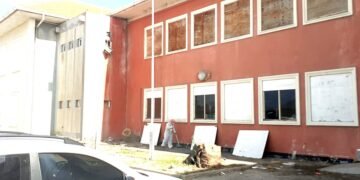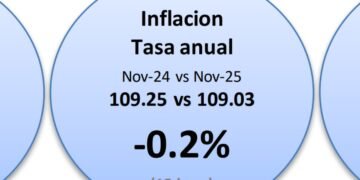Recently, on Facebook, Achim Henriquez compared electricity prices across the ABC islands and asked: Why are electricity and water so much cheaper in Aruba than in Curaçao?
Former Aqualectra CEO Anthon Casperson explains that the answer lies in structural differences between the two islands.
Demographics and Urbanization
Aruba is smaller but denser, with 108,500 people living on 180 km², compared to Curaçao’s 185,500 on 444 km². Aruba’s development is concentrated around hotels and tourism zones, while Curaçao’s infrastructure is more spread out. This makes Aruba’s power and water grids cheaper to maintain.
Demand Levels
Aruba’s economy drives much higher consumption — households and businesses use about 22,500 kWh annually, compared to 8,391 kWh in Curaçao. More demand means fixed production costs are spread across more units, lowering prices.
Geography and Distribution
Curaçao maintains 2,744 km of water pipelines with 21 pumping stations and 11 storage tanks, while Aruba only needs 1,052 km of pipelines with 5 stations and 7 tanks. Similarly, Curaçao’s electricity grid is longer and costlier to maintain.
Production Costs
Despite similar peak demands (164 MW in Curaçao vs. 170 MW in Aruba), Curaçao produces fewer total kilowatt-hours annually. This raises the per-unit cost of electricity.
The Way Forward
Casperson suggests that Curaçao should:
- Grow its economy to spread fixed costs more efficiently.
- Invest in renewable energy, especially solar.
- Link population growth with economic development.
- Upgrade to more efficient systems to lower costs long-term.
He warns against unrealistic political promises about cutting tariffs. Aruba’s advantage comes from structural factors, not simply management. Curaçao, he concludes, must adapt with smarter policies and sustainable investments to make utilities more affordable






















Discussion about this post